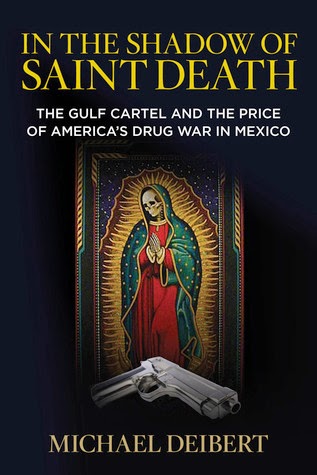I was very happy to learn this week that the Indian journalist Dilip D’Souza was awarded first prize by the India National Interest website for his compelling essay Free to Choose India, a well-informed and argued article advocating an electoral solution to the conflict in Kashmir.
In the essay, D’Souza posits that the only solution to the now 20 year-old armed conflict in India’s only Muslin-majority state would be to do the following:
Hold a referendum to let Kashmir’s people decide their future…Announce that the entire state of Jammu and Kashmir will vote in the referendum, meaning also what we Indians call Pakistan-Occupied Kashmir. Announce too that it will be held among all the people who call that state home, including the three hundred thousand who were driven into camps in Jammu and Delhi. Third, remind the world about the terms of the UN resolution that first urged such a referendum (47 of 1948)…Saying that Pakistani forces must withdraw from Kashmir as a first step towards holding the referendum.
The situation in Kashmir is indeed a complicated and bloody one, as I found when I visited the region in February of this year (a trip on which some of Dilip’s contacts in the region proved to be of invaluable assistance), however I think that an electoral solution, following two decades of conflict that seem to have gone nowhere, indeed remains the only one.
The roots of the conflict go back to the twilight of Britain's colonial rule of India and Pakistan, when Pakistan-based tribesmen invaded Kashmir in 1947 and the region’s Hindu maharajah, Hari Singh, sought Indian assistance while also signing an agreement to become part of India. The Kashmiris were promised a referendum on the status of the region, but it was never held.
The 1948 U.N. Security Council resolution that Dilip refers to specified that in a plebiscite, Kashmir should only have the option to join either India or Pakistan, blocking independence or semi-autonomy, a long-cherished goal of many Kashmiris. After subsequent wars, the border between Indian- and Pakistani-administered Kashmir has remained largely at the present Line of Control.
In 1987, when it seemed legislative elections might be won by a collection of Islamic and secessionist parties called the Muslim United Front (MUF), Indian-administered Kashmir carried out mass arrests of MUF candidates stealing the election and leading some young Muslim Kashmiris to opt for armed conflict, with Pakistan only too happy to offer training and equipment.
The bloodshed since has been pervasive. In addition to those killed, tens of thousands have been injured and hundreds of thousands, including many Kashmiri Hindus, have been displaced. An estimated 8,000 people have been "disappeared" by Indian security forces. The people of Kashmir remain caught in a geopolitical struggle between two of South Asia’s most heavily-armed nation with neither country seeming to have the best interests of the region’s long-suffering people at heart.
For all of these reasons, the idea that Kashmiris should have the opportunity to definitively decide their own status via the long-delayed referendum is one that should be seen as worthy of support both in India and abroad.
For more background on the conflict, please see my February 2007 article in the Washington Times, Kashmiri separatist seeks end to armed struggle, (reprinted here on the Indian Countercurrents website), my article The Struggle for Kashmir (Continued), published in the Spring 2007 edition of the World Policy Journal, Humra Quraishi’s excellent 2004 book Kashmir: The Untold Story (Penguin Global) or Dilip D’Souza’s own New Glory: Peace as Patriotism (WISCOMP, 2005).
Subscribe to:
Post Comments (Atom)




No comments:
Post a Comment